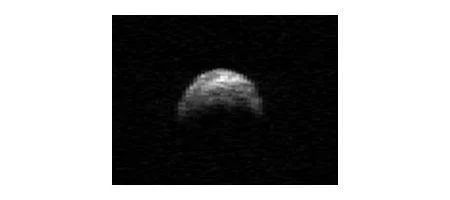A 1,300-foot asteroid is set to zip between us and the moon’s orbit this week, in the most significant near-miss scientists have ever known about in advance.

Near-Earth asteroid 2005 YU55 will pass within 0.85 lunar distances from the Earth. NASA scientists plan to track it using the Deep Space Network at Goldstone, California, hoping to gain insights about its composition.
Tracking of the asteroid will begin at 9:30 am PDT on Friday, using both the 230-foot Deep Space Network antenna and the Arecibo Planetary Radar Facility in Puerto Rico. NASA scientists hope to obtain images of the asteroid from Goldstone as fine as about 7 feet per pixel.
It’s expected to reach its closest point to Earth next Tuesday at 3:28 pm PST – about 201,700 miles. It’s the closest it’s ever got to the Earth for leat least 200 years, says NASA.
Amateur astronomers who want to take a look will need a telescope with an aperture of six inches or larger.
Arecibo radar observations made in 2010 show the asteroid to be roughly spherical in shape and very dark in color. It’s spinning slowly, with a rotation period of about 18 hours.
Asteroid near-misses have been accused by some, more excitable, individuals of having caused earthquakes and tsunamis in the past.
NASA is keen to emphasize that there’s really no chance of that sort of thing happening.
“The gravitational influence of the asteroid will have no detectable effect on anything here on Earth, including our planet’s tides or tectonic plates,” it says.
Indeed, given that the thing is simply a rock about the size of an aircraft carrier, it’s hard to see how it could.






